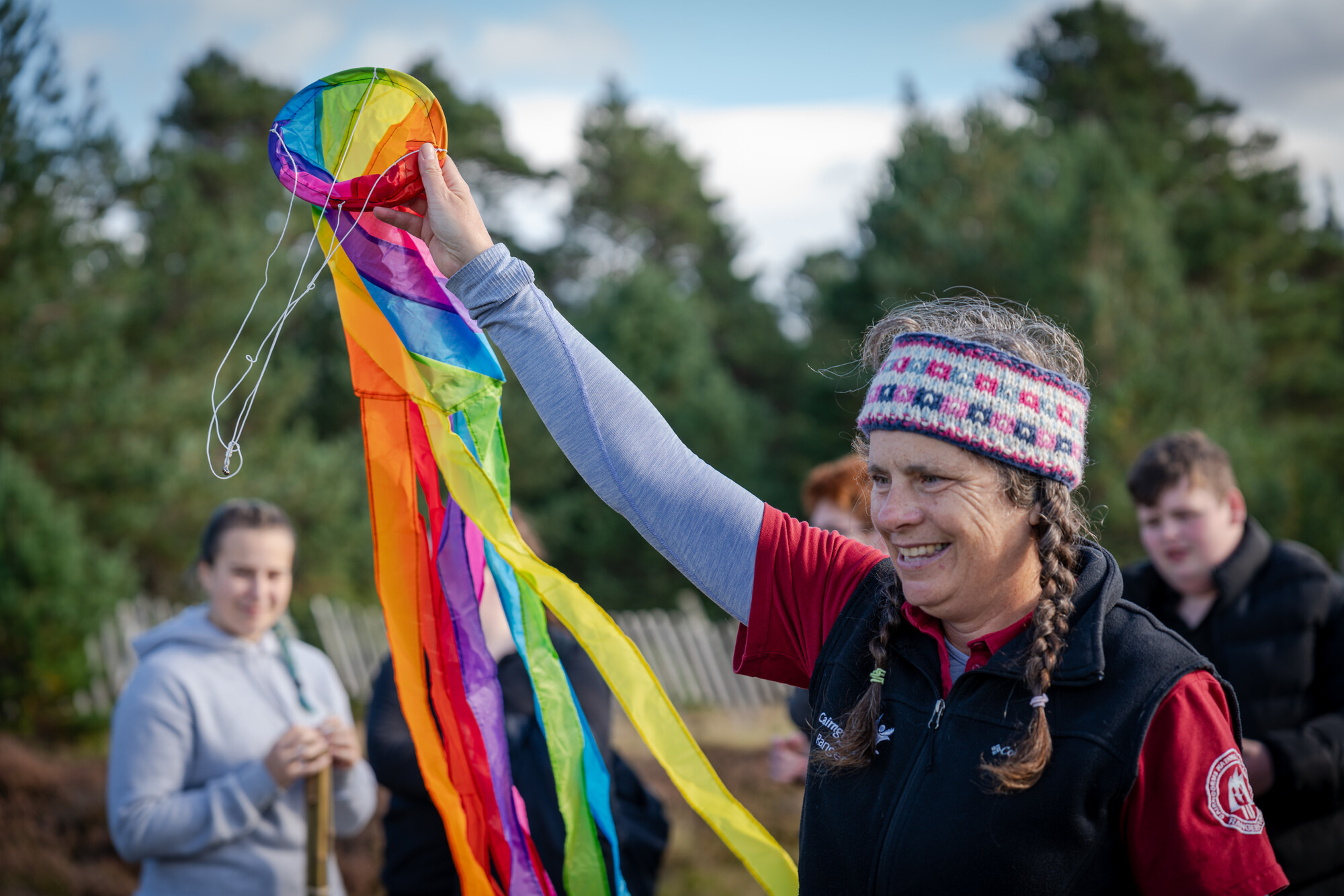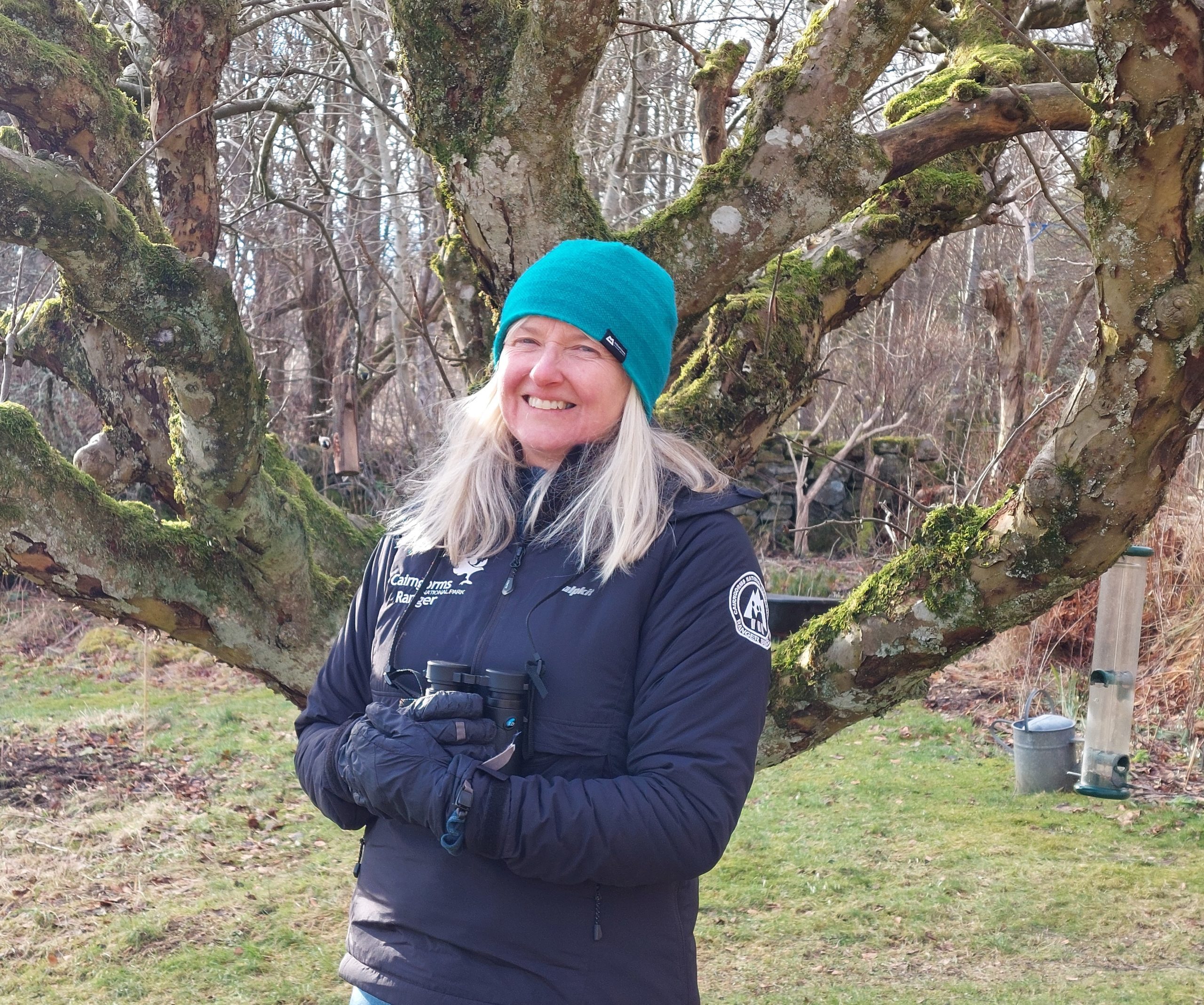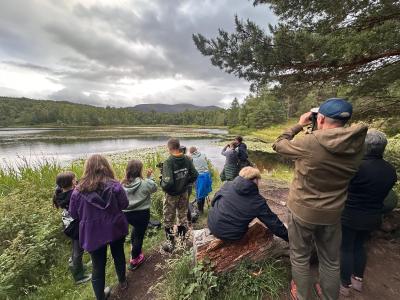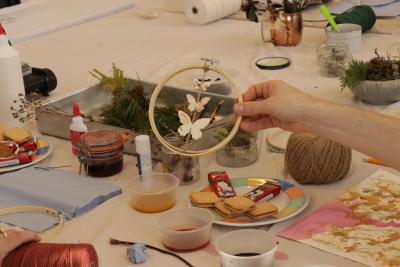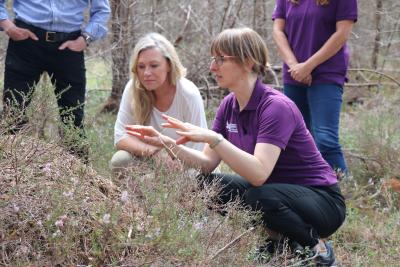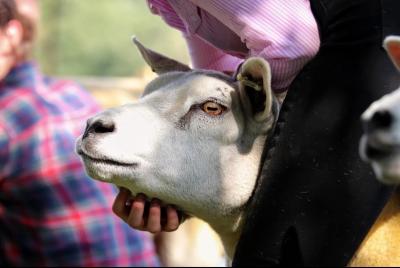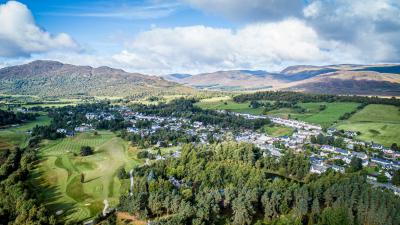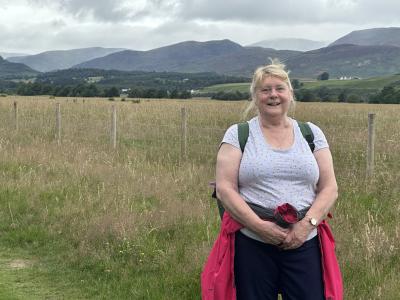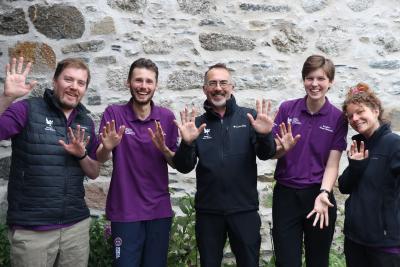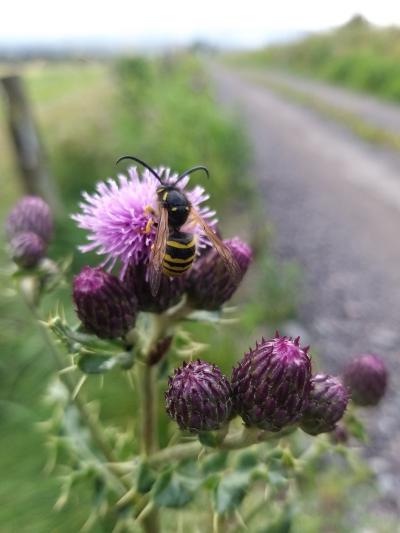The Moorland Indicators of Climate Change Initiative
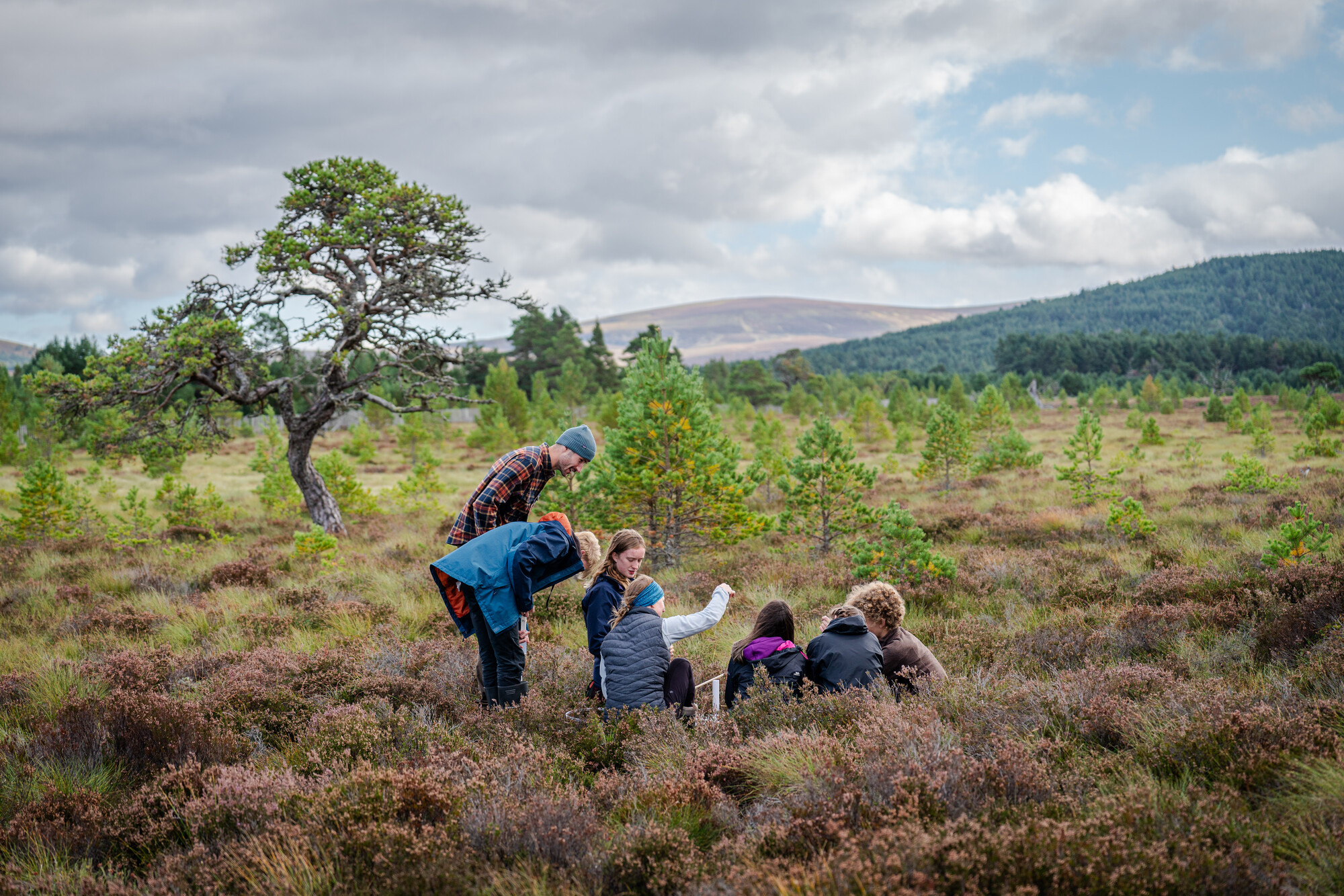
The Moorland Indicators of Climate Change Initiative was set up by National Parks UK, and encourages secondary pupils to carry out peatland monitoring in their local national parks. Over time, they will pick up changes in the environment which may or may not be as a result of climate change. The programme fits in well with the higher geography curriculum in Scotland, but we have had biology and environmental science students out too, relishing the chance to get stuck into some fieldwork.
As countryside rangers, we work with our partners to coordinate the initiative as part of our education delivery output, helping to connect local young people with the nature and landscapes that surround them.
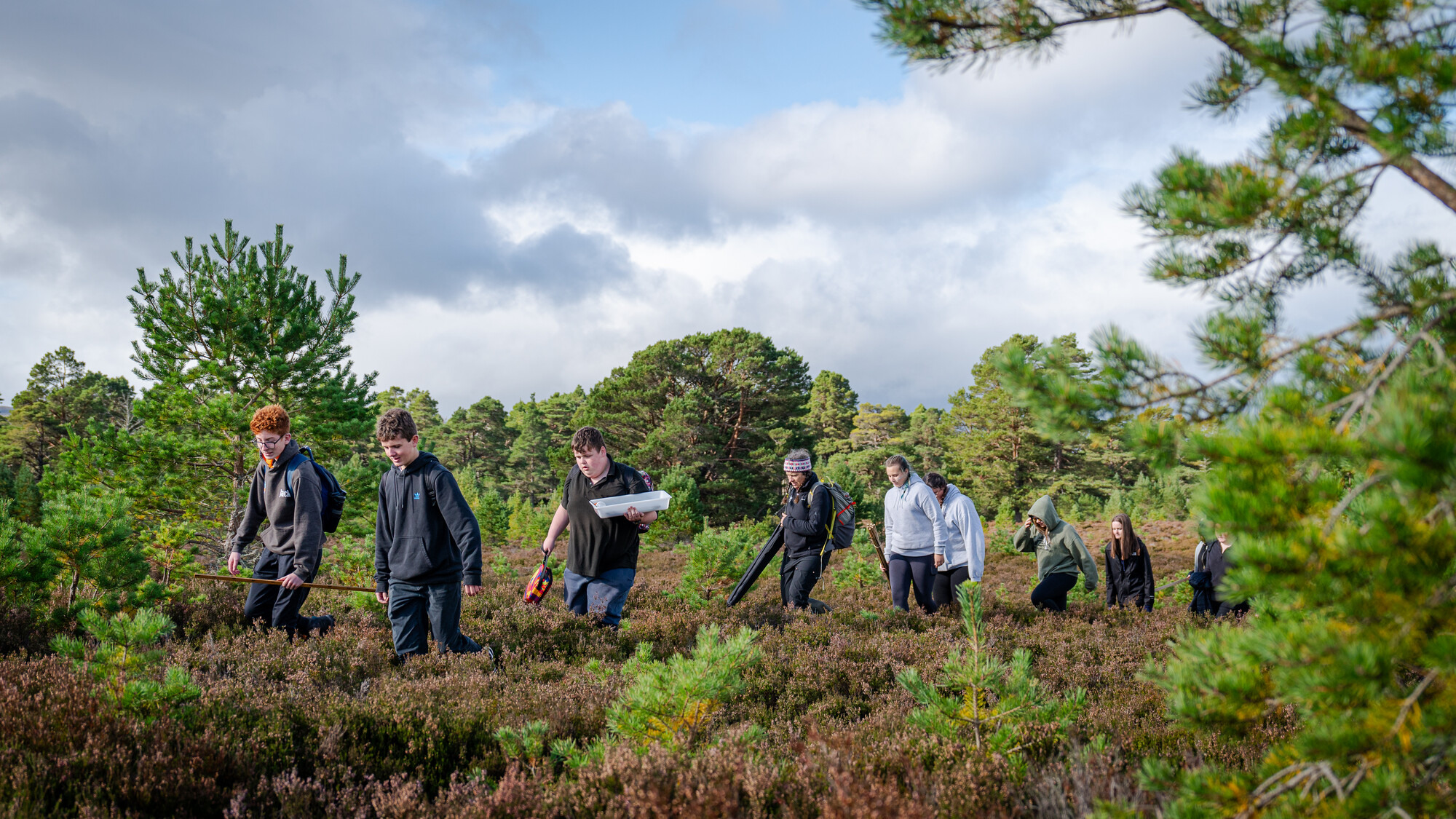
While out on the ground, the pupils measure various weather variables, vegetation sampling in quadrats, depth of peat and the water table, as well as various chemical tests of the peat, ground water and any flowing water. The results they collect build into a dataset which can be used for comparisons both in time and with other schools’ sites. Some S6’s in the Cairngorms are using the data as a basis for their geography projects. They also test how waterproof their footwear is, just how slippery wet peat is, and how to tell the driest part of a peat bog – all useful skills.
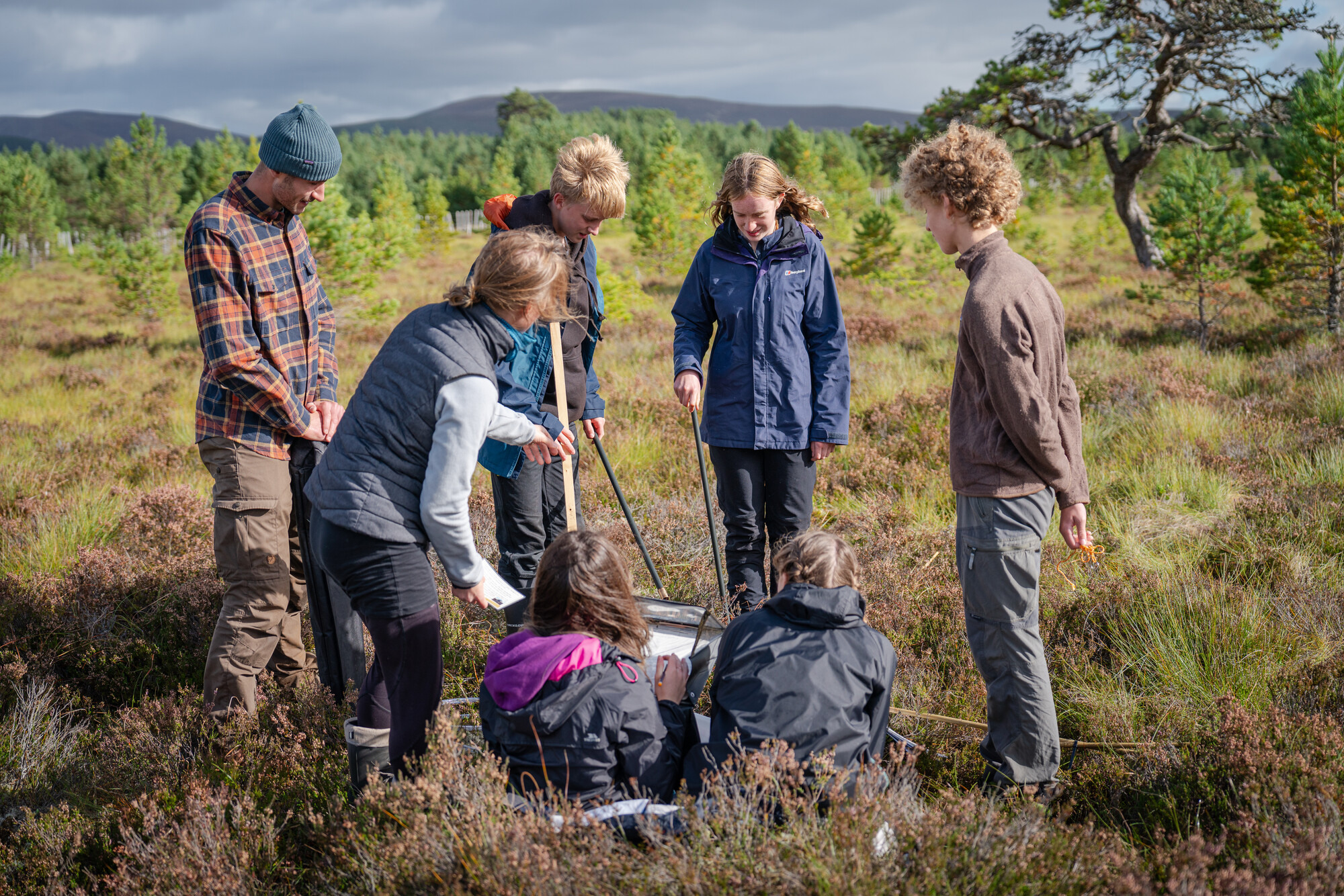
It was great to be able to get out and learn not only about peatland habitat but also how to sample it. It was the perfect opportunity to expand on our knowledge especially since it was out in the sun with dragonflies.
Spending a few hours on a peatland site is an excellent opportunity to spot some interesting wildlife too, which the students record as part of the session. On the wetter areas we have been fortunate to find colourful and fascinating, insect-eating sundew plants with their glistening sticky blobs of ‘dew’. On sunny days there have been black darter damselflies and the impressive, common hawker dragonflies hunting for smaller insects on the wing. We’ve also spotted common lizards basking in dry spots and otter tracks on the muddy edge of peatland burns.
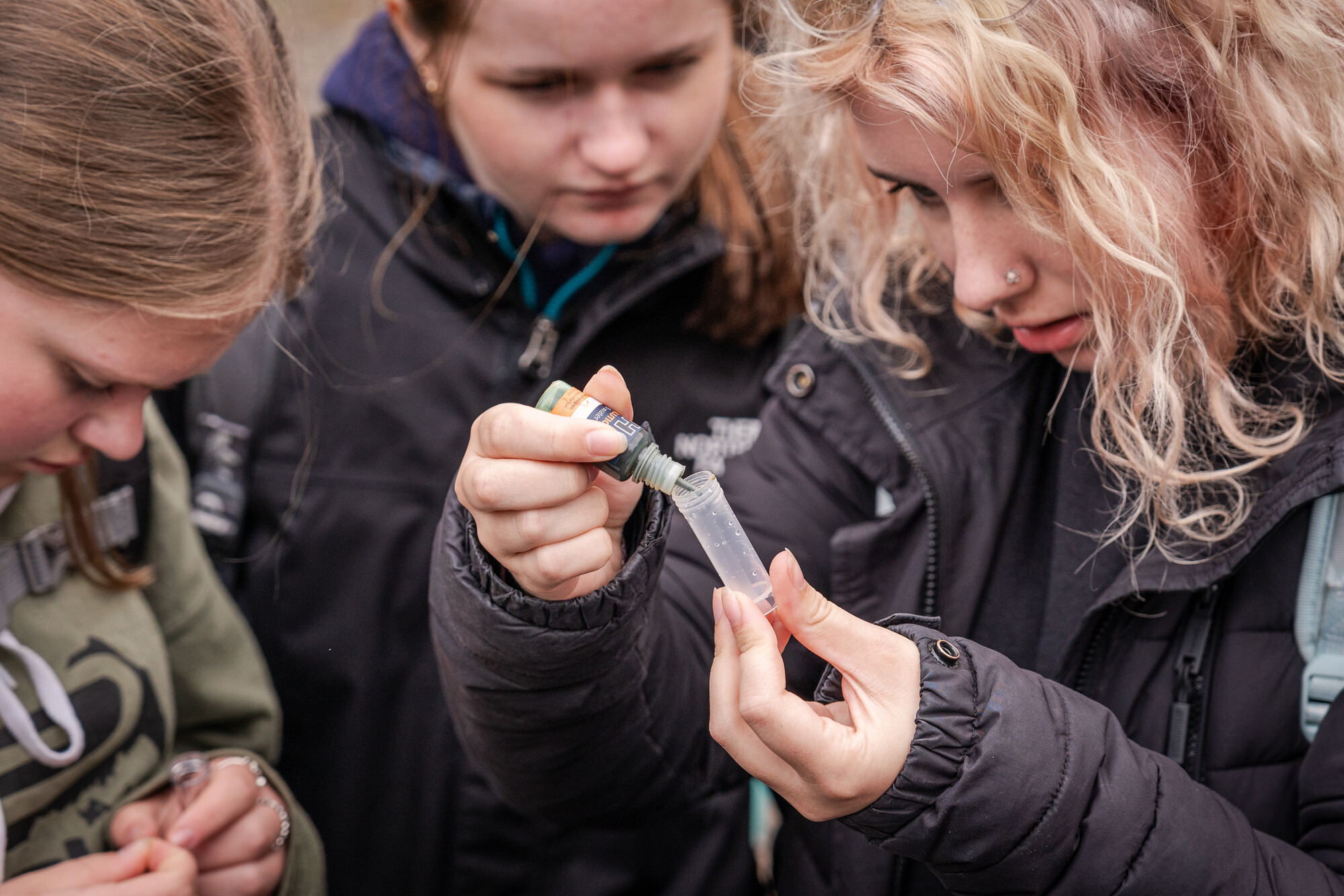
I think it was a fantastic day, really hands on and exactly the sort of experience and skills we want the pupils to be getting.
And by the way, we do tell them all to bring wellies, but many of them don’t bother, even when they are offered spares - often because they didn’t think they would really need them. Now they know that it’s always a good idea to listen to rangers’ advice.
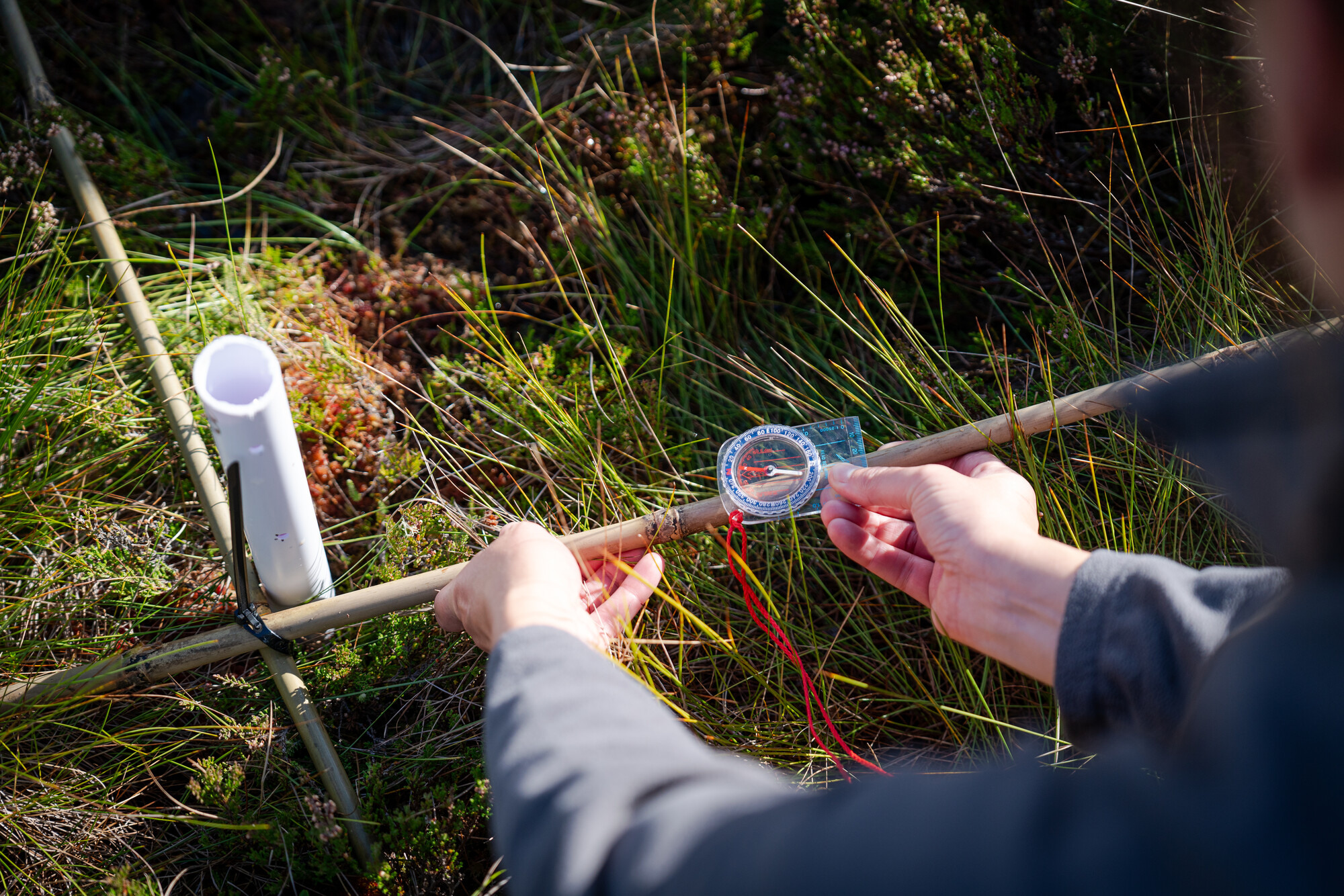
The Moorland Indicators of Climate Change Initiative was set up in 2009, led by the Peak District National Park learning and discovery team and Moors for the Future Partnership’s citizen science team.
The programme is delivered in the Cairngorms National Park in partnership with Cairngorms Connect, NatureScot’s Muir of Dinnet National Nature Reserve, Glenlivet Estate and RSPB Loch Garten, Abernethy Nature Reserve.
